Tel Aviv, Paris, San Francisco
Founders' Personal Branding: The Secret Weapon of Startups


Introduction: What if investors bought a person, not an idea?
Let's be clear: a startup at the Seed stage isn't yet a company; it's a promise. And that promise depends on you, on your ability to execute, inspire, and reassure.
Your personal branding is the lens through which the market perceives you: visionary or opportunistic, solid or shaky. It's often the deciding factor between "we'll get back to you" and "we'll invest."
Look at the founders who have left their mark on their era: they don't just build products; they embody ideas. The strength of well-known founders comes not only from their product, but from their image: a coherent, aligned, and embodied vision.
I. Why is the founder the primary showcase for a startup?
In the first rounds of financing, investors first bet on a human being. Technology matters, of course. But what seals a decision is your ability to inspire trust. You are your company's primary intangible asset.
Elon Musk is an extreme example: his speeches can cause Tesla's market capitalization to fluctuate by billions in a matter of hours. This power doesn't come from a product, but from a vision: colonizing Mars, electrifying the world, redefining the future. He's selling a mission, not an engine.
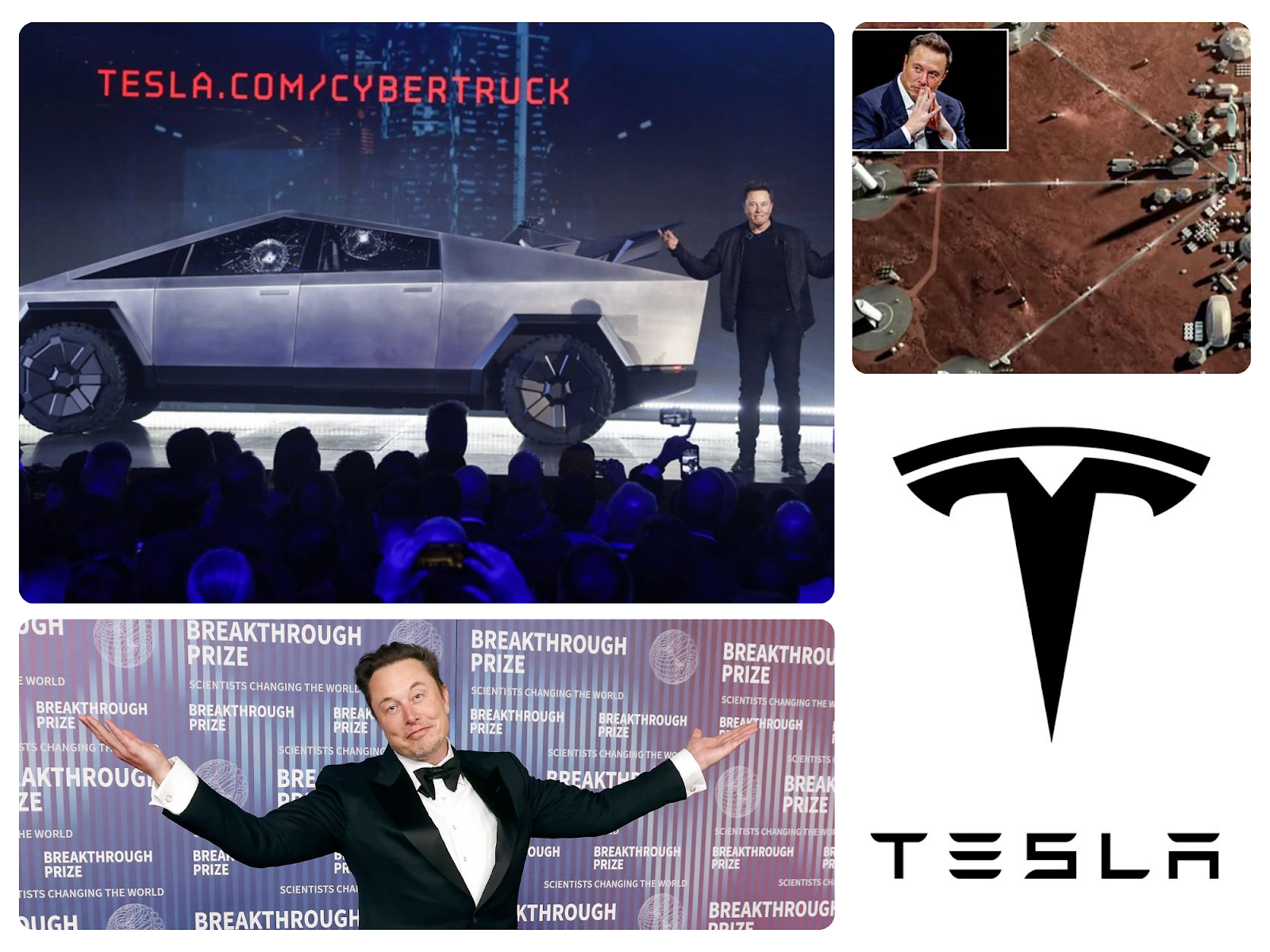
In contrast to the provocative style, Whitney Wolfe Herd built Bumble around a simple message: women first. She embodied this idea in every interview, in every product decision, even in the company's communications. The result: a strong, cohesive brand, valued at over $7 billion when it went public.

Moral? Investors aren't buying an abstract idea. They're buying a person who can make it real, credible, and desirable.
II. What are the pillars of strong personal branding?
A strong personal brand rests on four invisible foundations: credibility, visibility, legitimacy, and consistency.
Credibility, first. Brian Chesky (Airbnb) recounted how he rented out his living room to survive. This controlled vulnerability inspired far more trust than an overplayed "success story." Telling the truth, even the raw truth, attracts
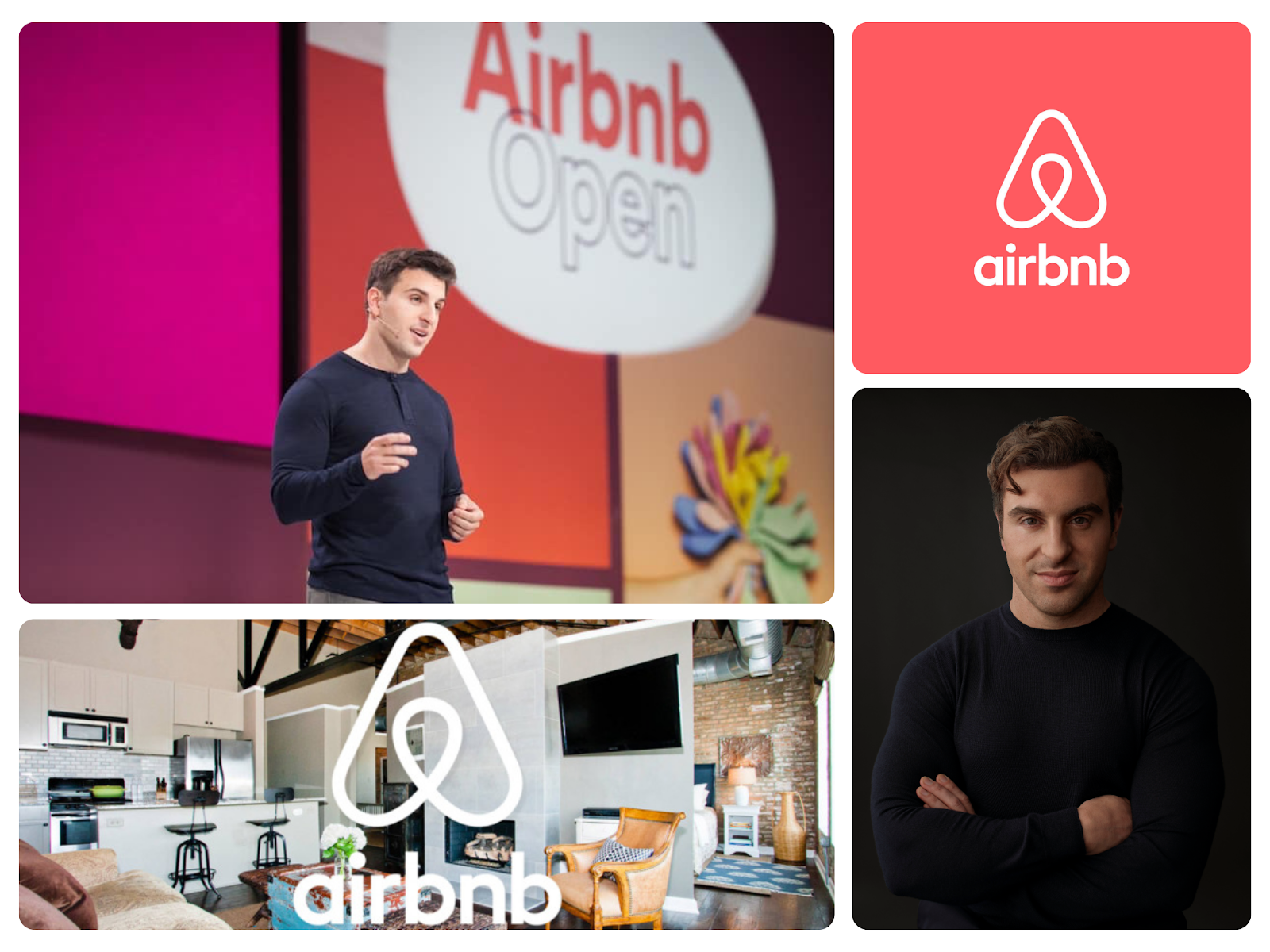
Visibility next: be seen to be believed. Guillaume Moubeche (Lemlist) is living proof of this. By openly documenting his numbers, his failures, his doubts, he transformed LinkedIn into a growth channel. The same logic applies to Alexis Ohanian (Reddit), who shares behind-the-scenes insights into his investments and humanizes the role of the VC.
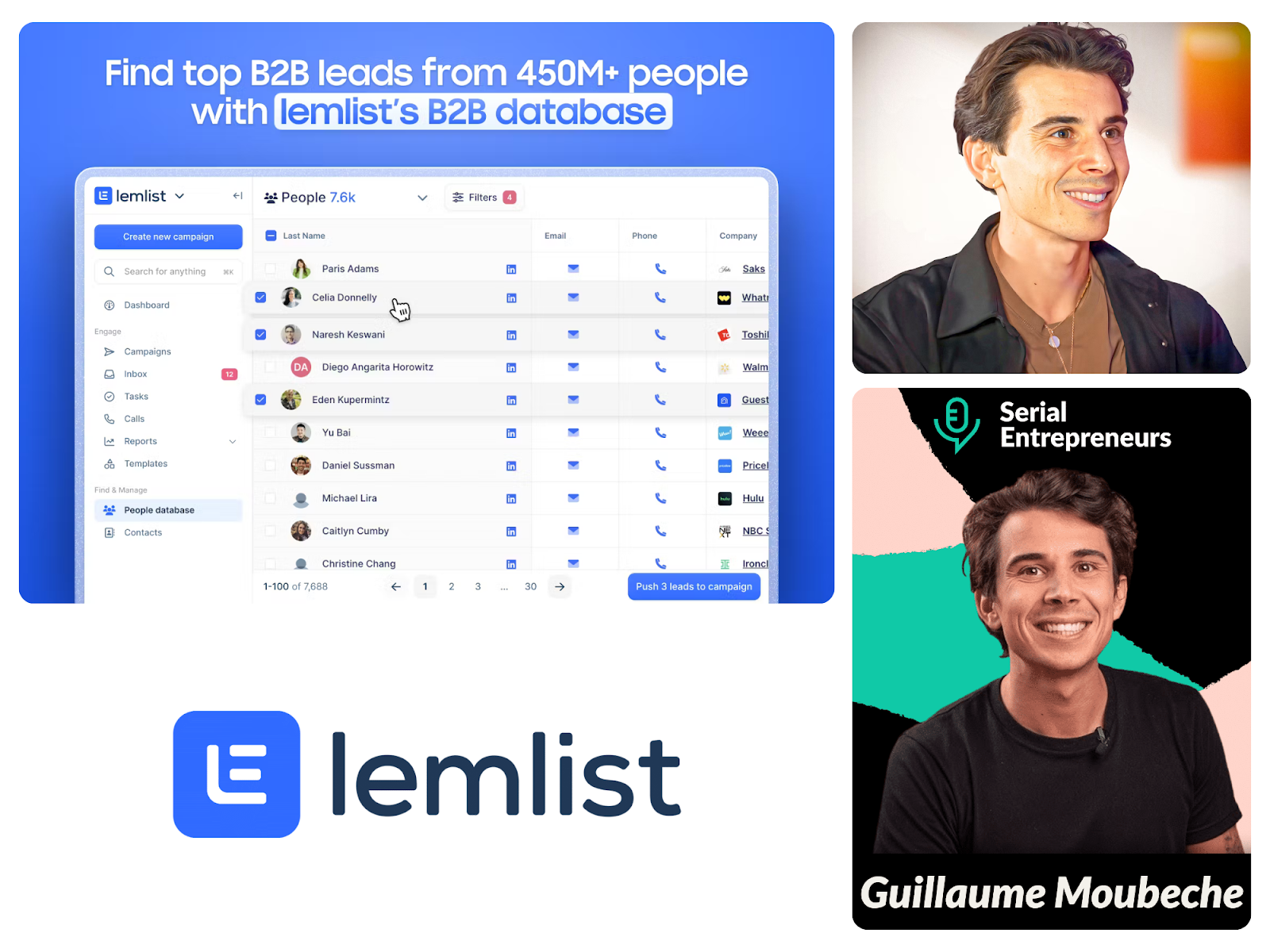
Then comes legitimacy. Satya Nadella, at the helm of Microsoft, reinvented the brand not with a new product, but with a new narrative. He brought empathy back to the center of leadership, creating a corporate culture based on vulnerability and long-term vision.
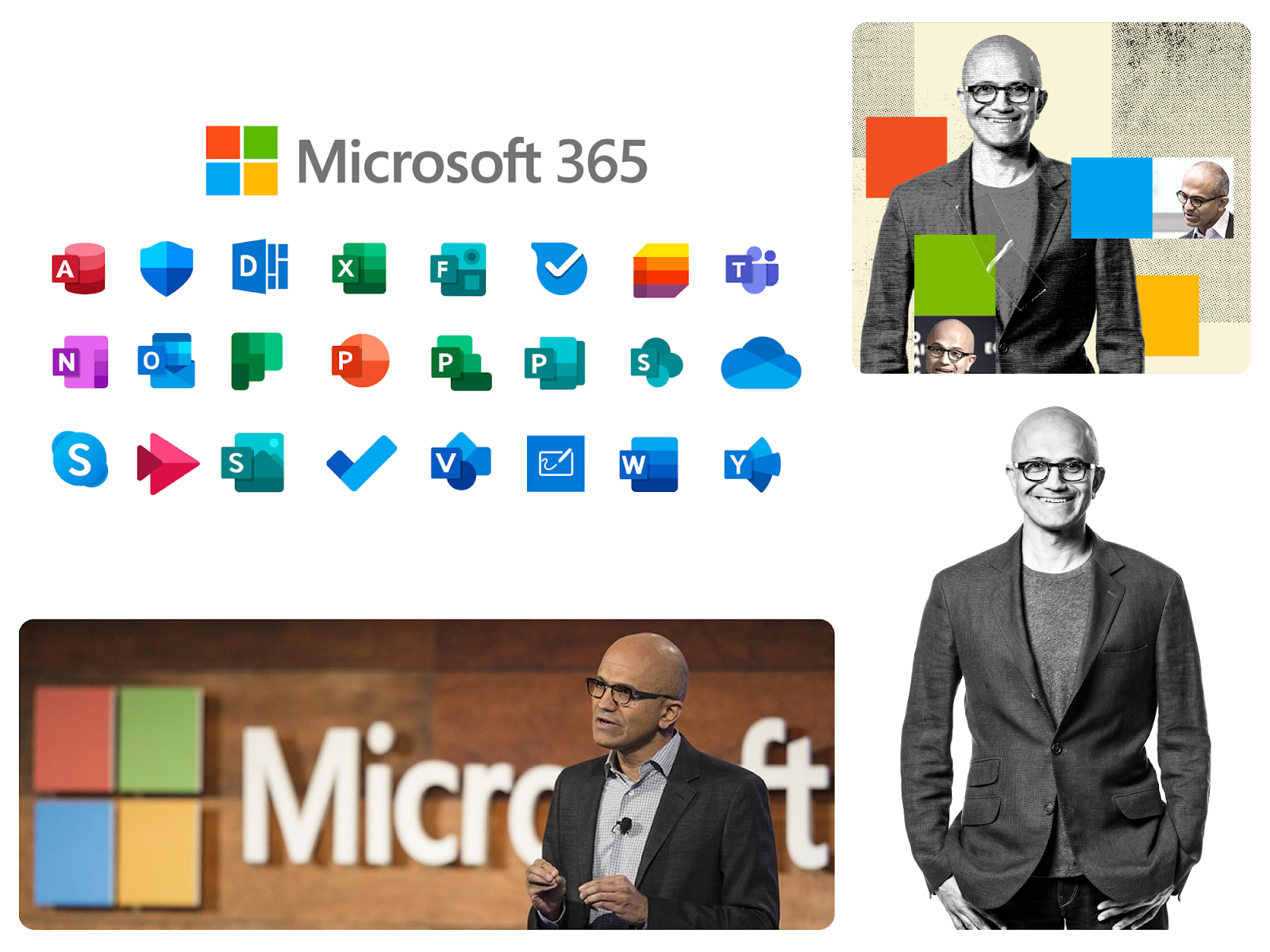
Consistency. Yvon Chouinard, founder of Patagonia, has always embodied his values: sobriety, responsibility, and sincerity. He speaks as he lives, and he lives as he speaks. And it is precisely this symmetry between the man and the brand that creates trust.

III. What mistakes can ruin personal branding?
Personal branding is a weapon. Used incorrectly, it backfires.
The first mistake: overdoing it. Adam Neumann (WeWork) was brilliant, charismatic, and inspiring, to a fault. By overplaying his vision and underplaying his rigor, he ended up losing control of his image, and then of his company. Charisma without credibility is a ticking time bomb.

Second mistake: dissonance. Elizabeth Holmes (Theranos) embodied the promise of a medical revolution. The storytelling was perfect, the reality much less so. The gap between the narrative and the truth destroyed trust and everything that went with it.
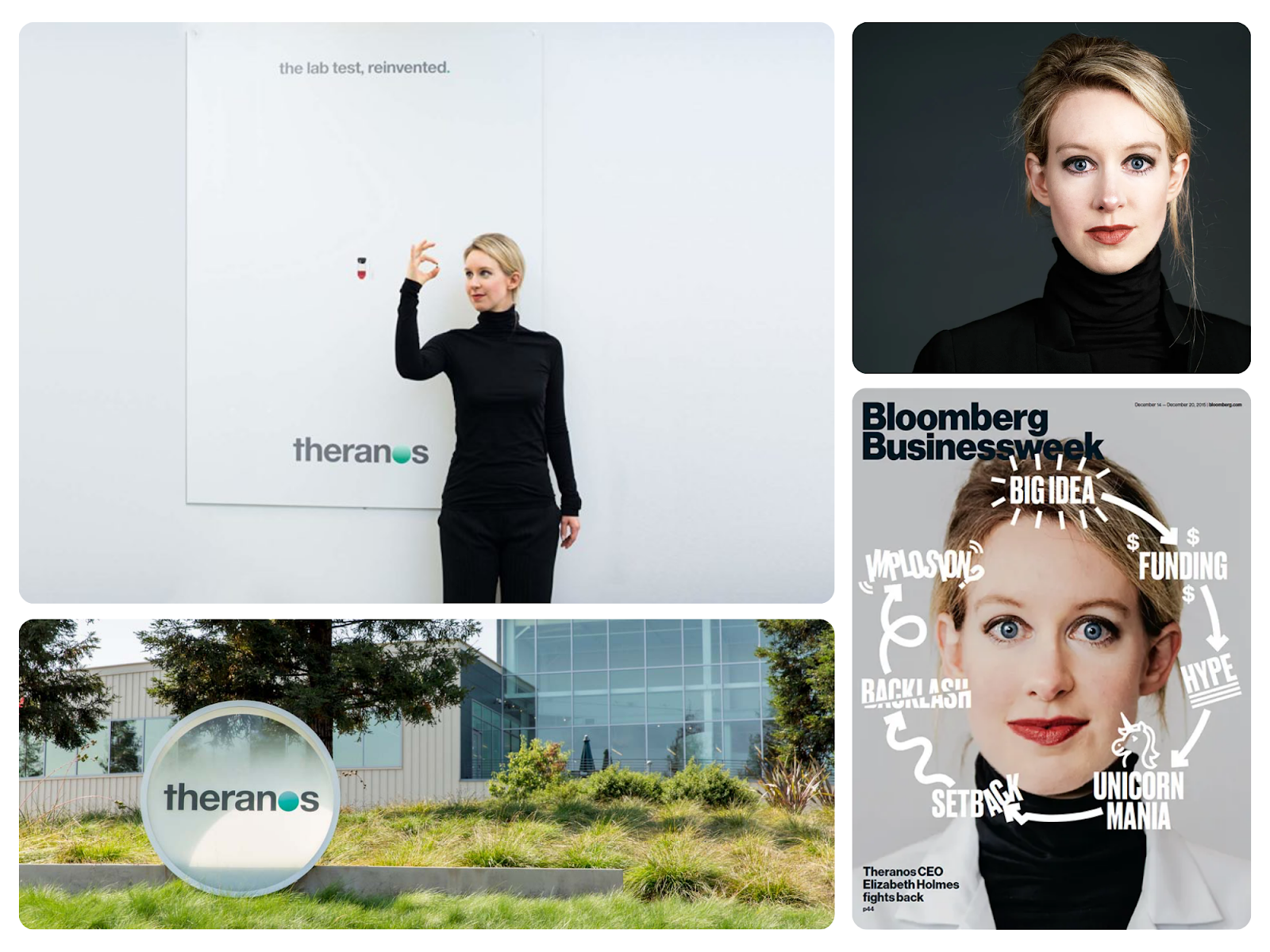
And then there's the opposite trap: invisibility. Some founders prefer to let their product speak for them. Bad calculation. A faceless company struggles to inspire. Google has understood this: long discreet Larry Page and Sergey Brin have allowed Sundar Pichai to become the group's public face. In a world saturated with information, not existing publicly means letting others write your story.
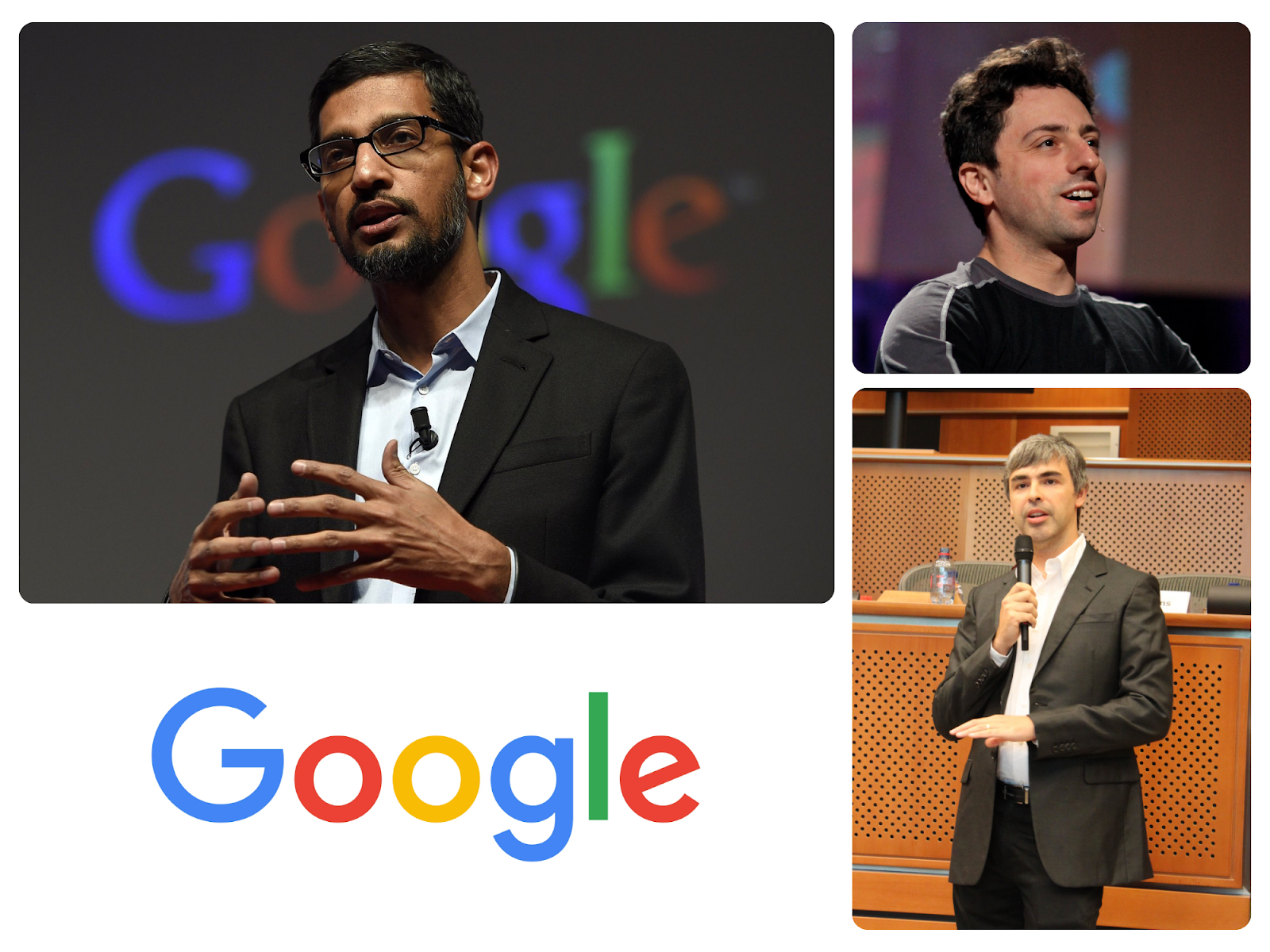
IV. How to turn your image into a growth driver?
A strong personal brand isn't something you decree; it's something you build. Slowly. Through regularity, clarity, and consistency.
Ben Francis, founder of Gymshark, has been sharing behind-the-scenes stories of his adventure since its inception: the struggles, the mistakes, the moments of doubt. This transparency has created a rare sense of connection, transforming his community into a growth engine.
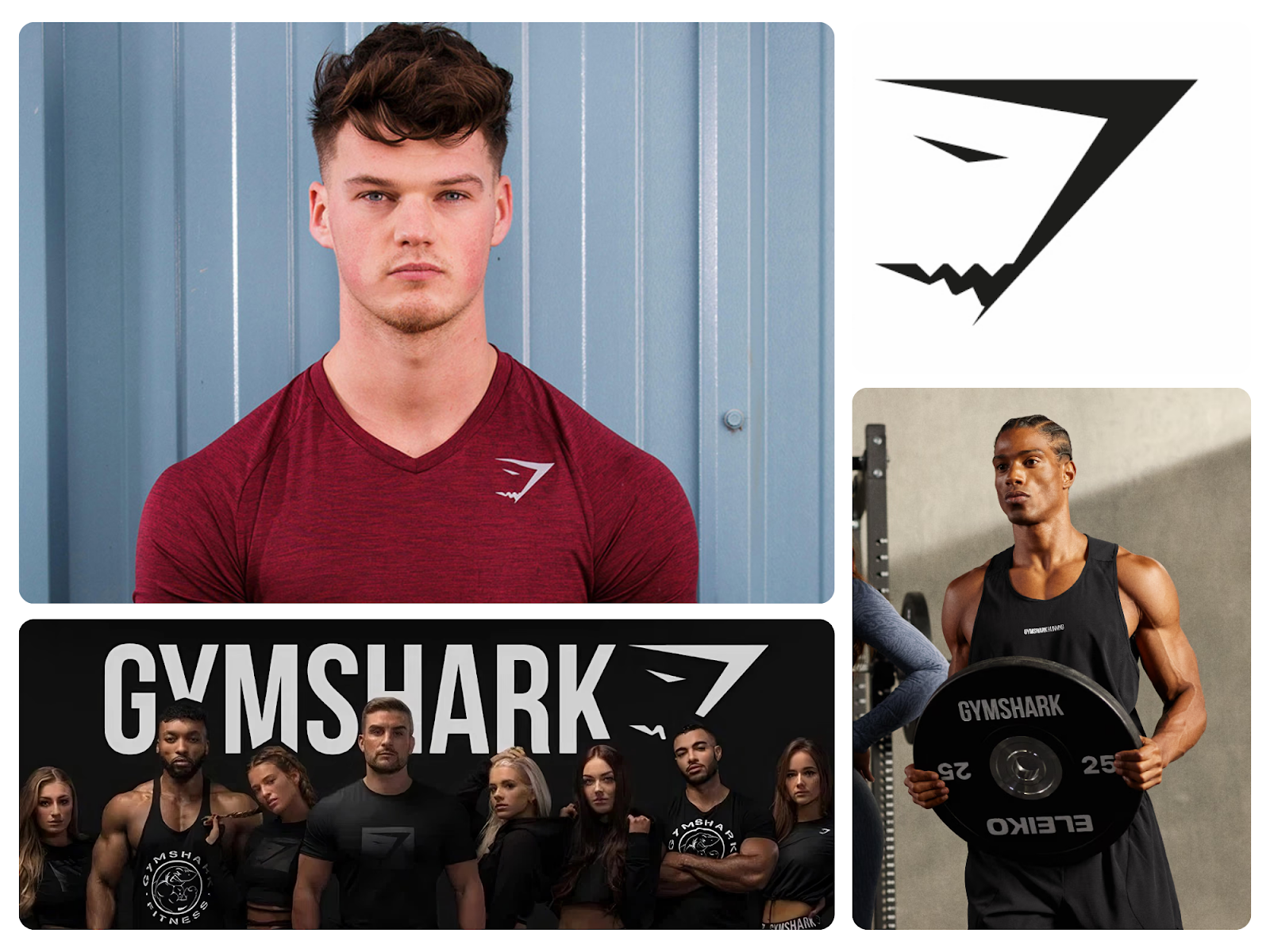
Justin Kan, co-founder of Twitch, has taken the same approach: post often, even if it's not perfect. His motto? "Show up." Consistency is better than dazzling. Anne Wojcicki, founder of 23andMe, exemplifies the power of education. By popularizing genetics with clarity and empathy, she transformed a technical subject into an accessible one.
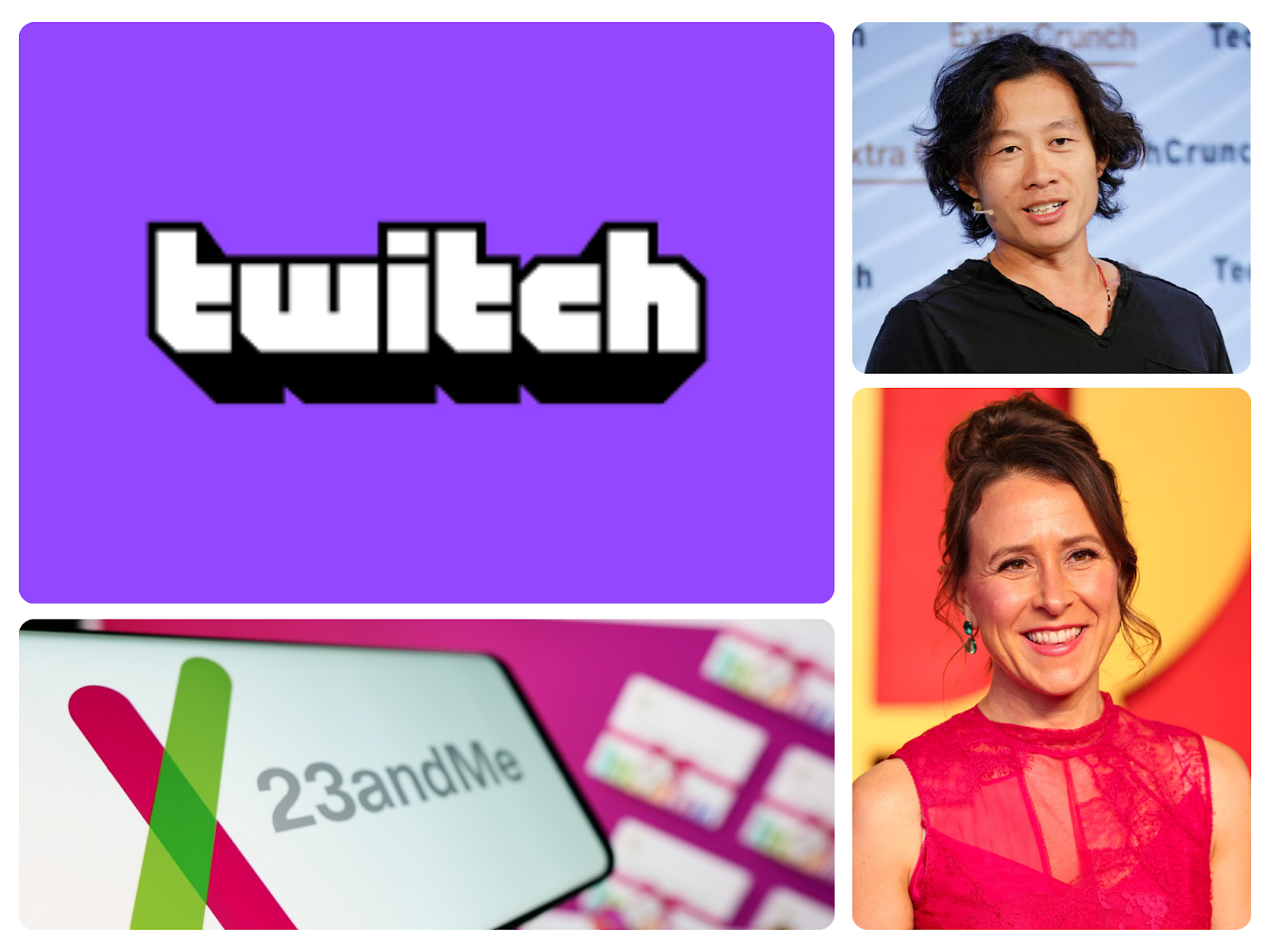
And of course, there's the art of alignment. Steve Jobs was a "Think Different" type. His gestures, his words, his keynotes, they all served the same vision. Emily Weiss, before Glossier, had already built a strong connection with her community through her blog, Into The Gloss. The product only extended the existing relationship.
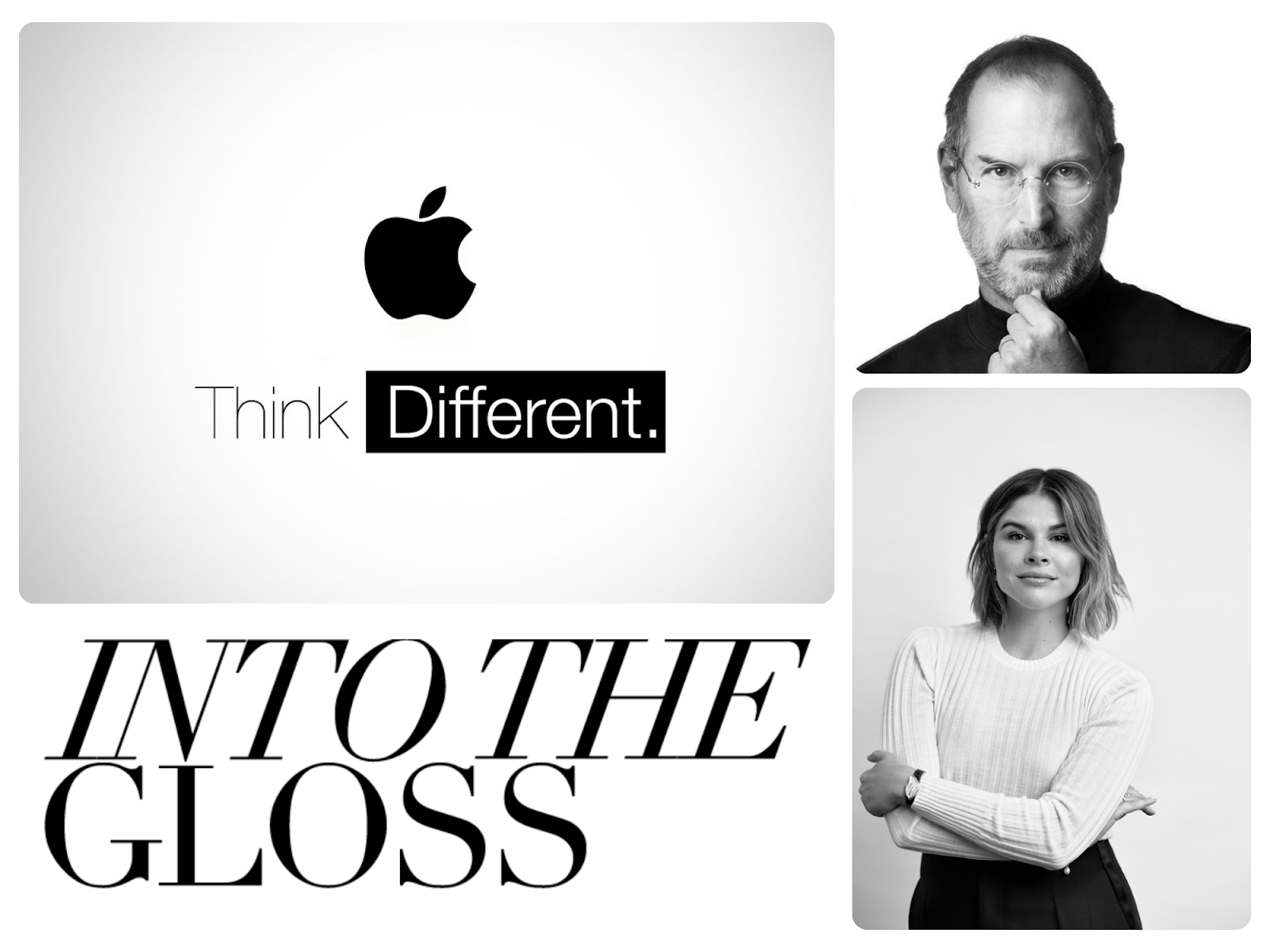
Moral: Consistency between people and brand isn't an aesthetic detail; it's a strategic asset.
Conclusion: What if your personal image were your best business lever?
Your personal branding isn't just a marketing gloss; it's a business lever in its own right. It attracts investors, unites teams, and builds trust. Founders who last are those who know how to embody what they stand for. Because ideas inspire, but people bring people together.
So, dare to tell your story. Show your values. Share your beliefs. Because, ultimately, your company's best showcase is you.
The Bract Agency is a branding, digital, growth agency in Tel Aviv, Paris, & San Francisco. We team up with startups and entrepreneurs to transform potential into growth.
Learn more


